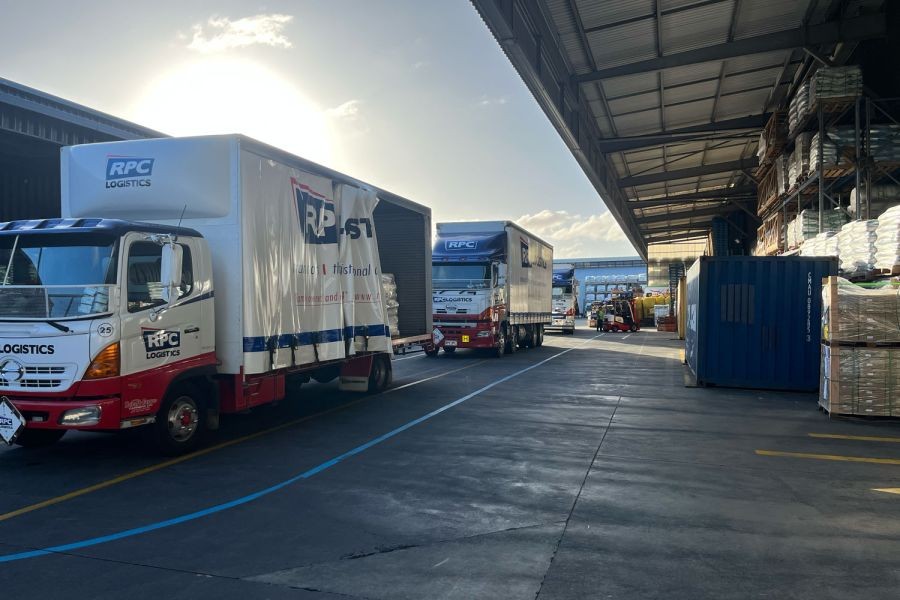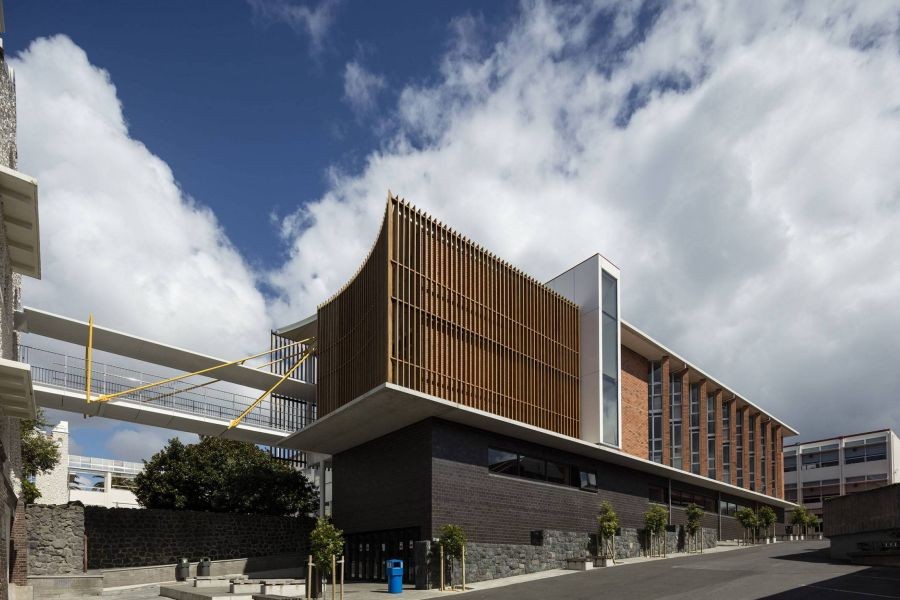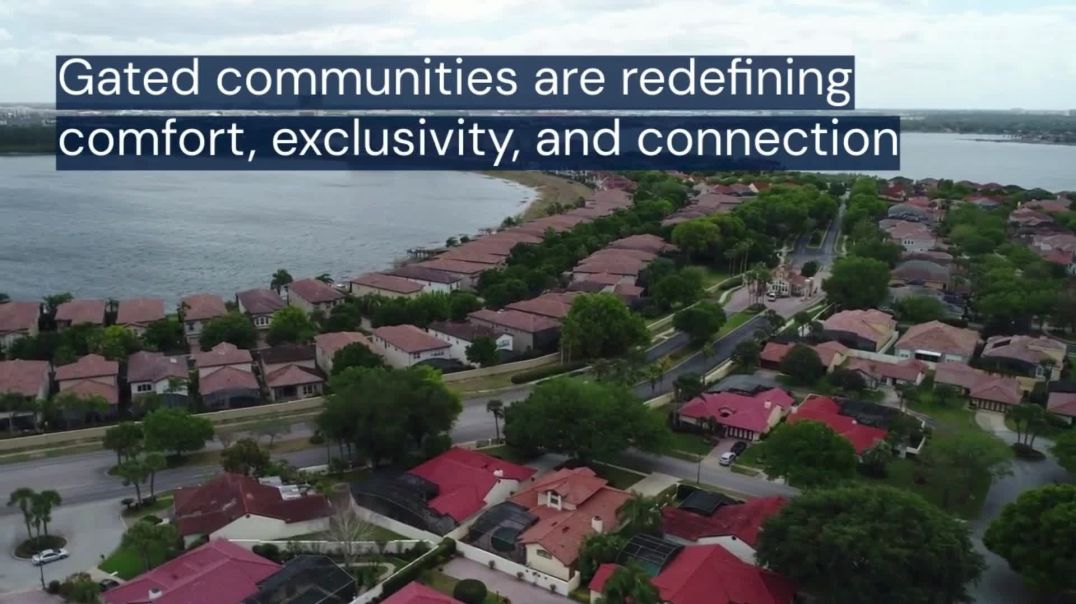New Zealand's airports are on the cusp of significant expansion, a move that promises to transform the nation's aviation landscape. However, beneath the surface of these ambitious plans lie complex dynamics that are not widely discussed. As sustainability becomes a critical concern, the expansion of airports raises questions about environmental impacts, community effects, and economic benefits. This article delves into the unspoken aspects of New Zealand's airport expansion plans, offering insights from industry experts, data-driven analysis, and real-world examples to equip sustainability consultants with the knowledge they need to navigate this evolving sector.
How It Works (Deep Dive)
At the heart of New Zealand's airport expansion is a strategic vision to accommodate increasing passenger numbers and boost the economy. Auckland Airport, for example, is undergoing a multi-billion-dollar development plan aimed at transforming it into a world-class hub. This includes new terminals, expanded runways, and enhanced facilities, all designed to meet the projected increase in air travel demand.
However, this growth comes with sustainability challenges. The emissions from increased air traffic, the impact on local communities, and the strain on infrastructure are critical factors that need addressing. According to the Ministry of Business, Innovation and Employment (MBIE), aviation contributes about 6% of New Zealand's total greenhouse gas emissions. As such, the expansion plans must integrate sustainable practices to mitigate these impacts.
Case Study: Auckland Airport Expansion
Problem: Auckland Airport faces the dual challenge of accommodating growth while minimizing environmental impact. The airport handles over 21 million passengers annually, with numbers expected to double by 2044. This growth necessitates expansion but also raises concerns about emissions and local environmental effects.
Action: To address these challenges, Auckland Airport has implemented several sustainability initiatives. This includes investing in electric ground support equipment, enhancing public transport access, and implementing energy-efficient building designs. Furthermore, the airport is working with airlines to promote the use of sustainable aviation fuels, which can reduce carbon emissions by up to 80%.
Result: Since implementing these measures, Auckland Airport has seen a 15% reduction in carbon emissions from ground operations. Additionally, the airport's initiatives have increased public transport usage by 30%, easing congestion and lowering the carbon footprint of travel to and from the airport.
Takeaway: Auckland Airport's approach demonstrates the potential for balancing growth with sustainability. By investing in green technologies and promoting sustainable travel options, airports can reduce their environmental impact while supporting economic development. For New Zealand, this model provides a blueprint for future airport expansions across the country.
Common Myths & Mistakes
Myth: Airport expansions are purely economic ventures. Reality: While economic growth is a primary driver, sustainability is increasingly central to expansion plans. Policies and public sentiment demand that environmental impacts be mitigated.
Myth: Airport expansions only benefit the aviation industry. Reality: Expansion projects stimulate local economies through job creation and increased tourism. A study by Stats NZ revealed that tourism contributes over 5% to the national GDP, a figure set to rise with improved airport facilities.
Mistake: Ignoring community feedback. Solution: Effective stakeholder engagement is crucial. Airports should actively involve community voices to ensure projects meet local needs and gain public support.
Contrasting Viewpoints on Airport Expansion
Advocate Perspective
Proponents argue that airport expansions are crucial for economic growth. They highlight the potential for increased tourism, job creation, and enhanced global connectivity. New Zealand's tourism sector, for instance, relies heavily on efficient airport infrastructure to attract international visitors, contributing significantly to the economy.
Critic Perspective
Critics, however, point to environmental concerns and the impact on local communities. Increased air traffic can lead to higher carbon emissions and noise pollution, affecting residents' quality of life. Additionally, there are worries about the strain on existing infrastructure and services.
Middle Ground
A balanced approach is essential. By integrating sustainable practices, airports can expand responsibly. This includes investing in green technologies, enhancing public transport links, and engaging with local communities to address concerns and ensure benefits are shared.
Future Trends & Predictions
By 2030, New Zealand's airports are expected to become more sustainable, leveraging green technologies and alternative fuels. According to a report by the Reserve Bank of NZ, investments in sustainable infrastructure could reduce aviation emissions by 25% by 2035. Moreover, advancements in electric aircraft technology could revolutionize short-haul flights, making them more environmentally friendly.
This shift towards sustainability aligns with global trends and New Zealand's commitment to reducing its carbon footprint. As airports adopt these innovations, they will play a pivotal role in shaping the nation's transportation future.
Conclusion
New Zealand's airport expansion plans are a complex interplay of economic growth, sustainability, and community engagement. By embracing innovative technologies and prioritizing environmental considerations, these projects can set a benchmark for responsible development. As a sustainability consultant, staying informed about these trends and advocating for green solutions will be crucial in shaping a more sustainable aviation industry in New Zealand.
What are your thoughts on the future of New Zealand's airports? Share your insights below!
People Also Ask (FAQ)
How does airport expansion impact New Zealand's economy? Airport expansions boost New Zealand's economy by increasing tourism, creating jobs, and enhancing global connectivity. Stats NZ reports that tourism contributes over 5% to the national GDP, and improved airport infrastructure will likely increase this figure.
What are the biggest misconceptions about airport expansions? A common myth is that expansions only benefit the aviation industry. In reality, they stimulate local economies and enhance global connectivity, benefiting various sectors.
What are the best strategies for implementing sustainable airport expansions? Experts recommend investing in green technologies, enhancing public transport links, and engaging with local communities to ensure projects are sustainable and socially beneficial.
Related Search Queries
- New Zealand airport expansion plans
- Impact of airport expansions on local communities
- Sustainable airport development strategies
- Future of aviation in New Zealand
- Environmental impact of airport expansions





























